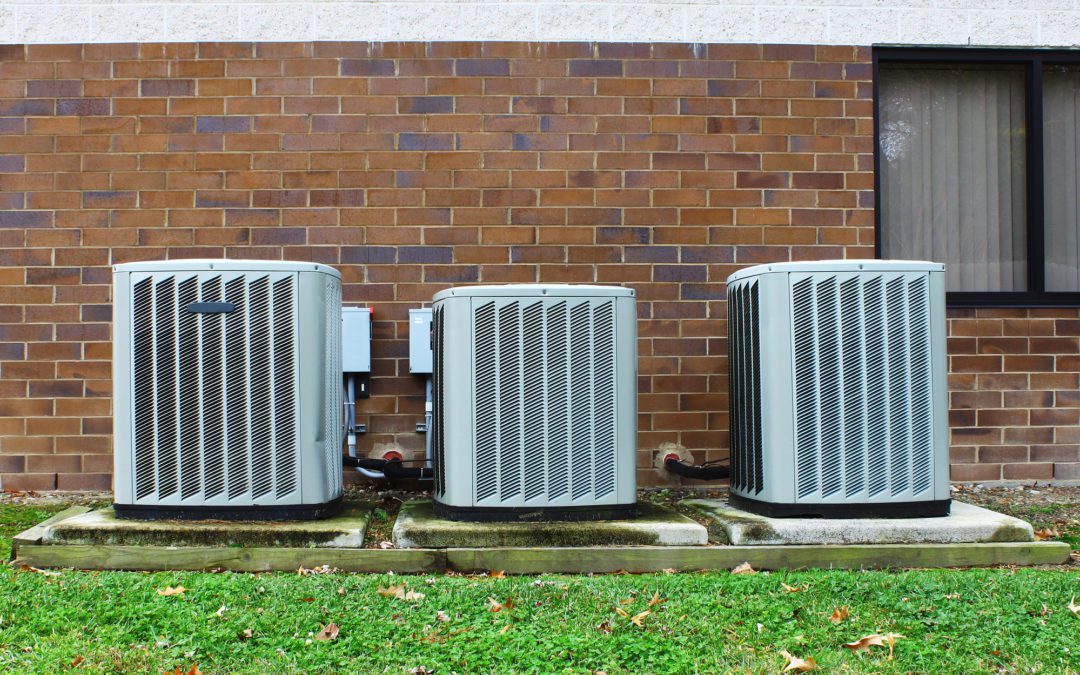Why Should You Use Heat Resistant Paint For Your Home?
Using heat-resistant materials can be advantageous in certain homes or locations. Heat-resistant paints, especially, have become extensively employed in numerous structures across various industries and are undoubtedly one of the more readily available items that may assist with this purpose.
But this raises the question: Can you use heat-resistant paint (สี ทน ความ ร้อน, which is the term in Thai) on your house? It’s a yes, fortunately! Spend some time learning more about methods to utilize heat-resistant or heat-protection paints in your residence.
What Is Heat-Resistant Paints?
Paints designed to endure temperatures as high as 750 degrees Celsius are called “heat-resistant paints.” In the end, the composition of these paints is what distinguishes them from other paint varieties. Inorganic pigmentation powder is mixed with a polysilicon alkaline compounds binder in the solution to create resistance to heat paints.
As the term suggests, surfaces are painted with heat-resistant paints to lessen the threat of overheating. Additionally, the coatings offer a layer of corrosion protection for the metal behind the insulation. The paints they contain come in various colors, have a lovely finish, and are artistically pleasant.
Kinds Of Heat-Resistant Paints?
- Epoxy Coatings
- Epoxy Phenolics
- Modified Silicone
- Epoxy Novolac
- Silicone
- Multi-Polymeric
- Ceramic Paints
What Causes Substrates To Be At Chance Of Corrosion?
Despite this, the protective film has no obvious paint flaws like flaking or peeling off. The heating of the components causes small pits to grow in the coating. These little openings allow water to enter, eroding and weakening the substances inside. Corrosion might be observed as streaks or droplet-shaped rust patches.
Corrosion results from flaking alongside other issues brought on by improper substrate preparation. However, the absence of obvious corrosion indicators does not imply any corrosion.
The performance of a product and the avoidance of corrosion on metal components depend on the coating’s durability and longevity. Any level of corrosion can cause product recalls, injury, consumer displeasure, and field performance. When metal components operate at elevated temperatures while exposed to moisture or additional environmental factors, the likelihood of corrosion is at its greatest.
Direct heat, as well as the contraction and expansion of the substrate brought on by temperature fluctuations, cause the polymer molecules and binders employed in conventional metal coatings to start to break down.
The coatings exposed to high temperatures must be extremely tough and inflexible. If damaged or startled by a sharp variation in temperature, they may malfunction. The product must be carried out carefully during the coating method to reduce unwanted consequences.




